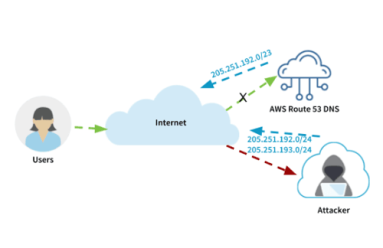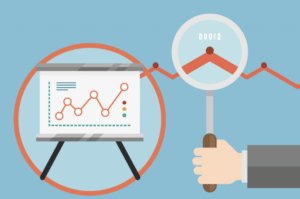Kentik Blog
























Network performance and network security are increasingly becoming two sides of the same coin. Consequently, enterprise network operations teams are stepping up collaboration with their counterparts in the security group. In this post, EMA analyst Shamus McGillicuddy outlines these efforts based on his latest research.
5G is marching towards commercialization. In this post, we look at the benefits and discuss why network monitoring for performance and security considerations are even more crucial to the operation of hybrid enterprise networks that incorporate 5G network segments.
At that ONUG Spring 2018 event, ACG analyst Stephen Collins moderated a panel discussion on re-tooling IT operations with machine learning and AI. The panelists provided a view “from the trenches.” In this post, Collins shares insights into how panelists’ organizations are applying ML and AI today, each in different operational domains, but with a common theme of overcoming the challenge of managing operations at scale.
Modern enterprise networks are becoming more dynamic and complex, which poses significant challenges for today’s IT leaders. In this post, data center and IT service provider phoenixNAP discusses how Kentik Detect helps overcome network visibility challenges.
News broke last week that attackers attempted to steal cryptocurrencies from users of MyEtherWallet.com by using a BGP route hijack attack. Numerous Kentik Detect customers saw changes in their traffic patterns, allowing them to detect this attack. In this post, we look at how the attack worked and the visibility that Kentik Detect provided our customers.
The Internet is the wild wild west — and the pace of DDoS attacks is not letting up. But thanks to recent advances in streaming telemetry, network visibility, and Big Data, the good guys are armed with the weapons they need to maintain the peace.
Predictive analytics has improved over the past few years, benefiting from advances in AI and related fields. In this post, we look at how predictive analytics can be used to help network operations. We also dig into the limitations and how the accuracy of the predictions depends heavily on the quality the data collected.
Forward-thinking IT managers are already embracing big data-powered SaaS solutions for application and performance monitoring. If hybrid multi-cloud and hyperscale application infrastructure are in your future, ACG Analyst Stephen Collins’ advice for performance monitoring is “go big or go home.”
While we’re still in the opening phase of the hybrid multi-cloud chess game, ACG analyst Stephen Collins takes a look at what’s ahead. In this post, he digs into what enterprises embracing the cloud can expect in the complex endgame posing many new technical challenges for IT managers.









